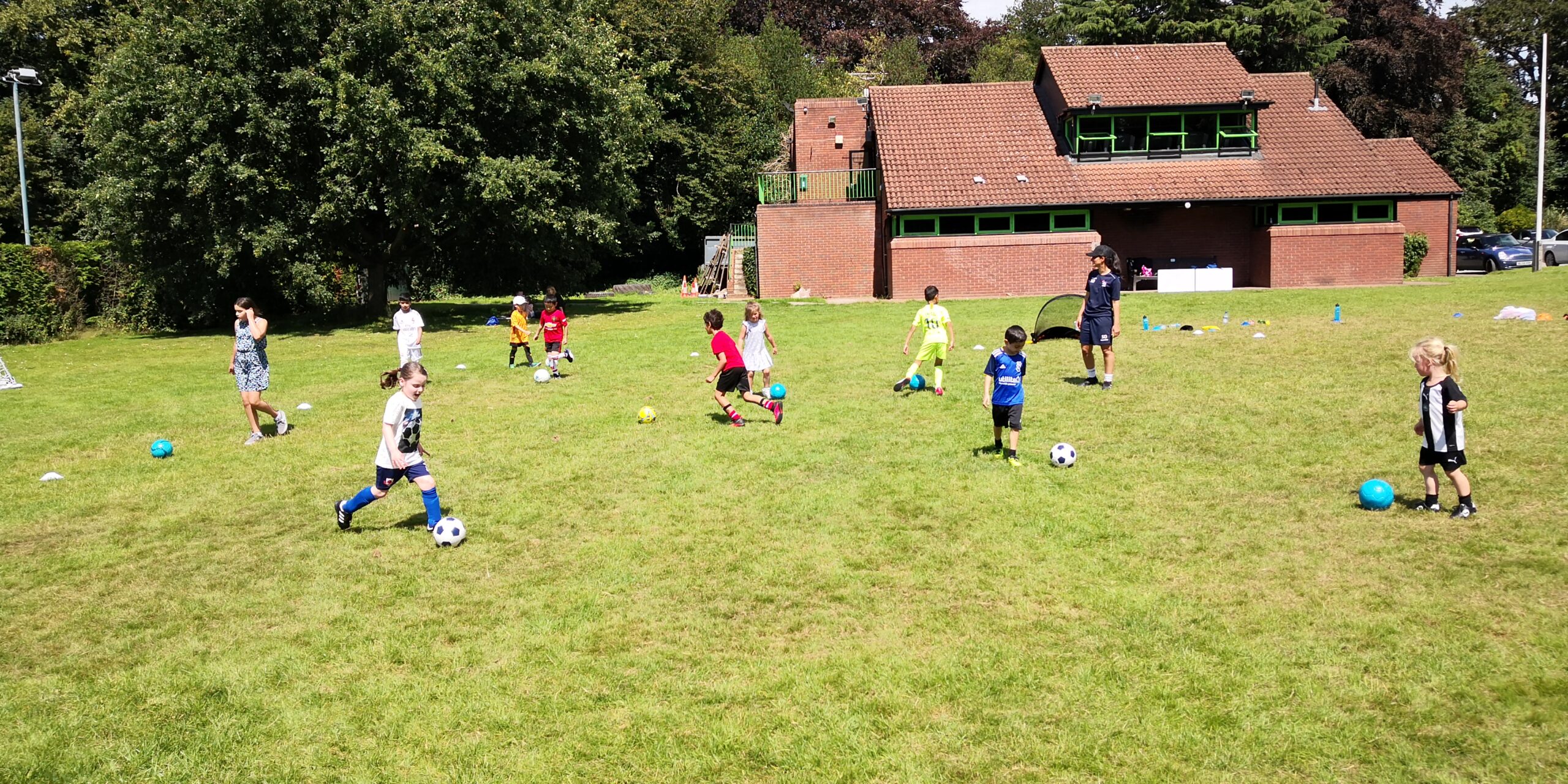Player Development
Developing a player centric philosophy – But where do we start?
When we think about football philosophy, we ultimately think of formations and style of play, but is this were we should start? Or should we develop the player and our coaching style first?
The game of football is constantly changing, just take the goalkeepers for example, they use their feet to play the ball 70% more than they did in the early 90’s. The technical passing range of a goalkeeper now needs to be as good as the midfield player.
Based on this it could be argued that developing a player in the foundation stage based on one formation or style of play may not aid the player in reaching their maximum potential, below I’ve share a few of my thoughts and beliefs, that are the cornerstone of my coaching philosophy
Step 1: The Environment
Why We Play?
95% of players that play football will play for Fun, players will develop at a faster rate in a fun environment, and be able to retain and transfer their understanding of the game much more easily, fun to me can be broken down into three areas
Freedom of Expression: When players are performing they should be encouraged to express themselves,
Understanding: Players will need to fully understand what is required by them, if a player doesn’t understand the rules or the task, they will feel on edge and not be fully focused on the learning or the game.
Neutral Environment: finally, players need to feel safe both on the pitch and from the external influences off the pitch, any criticism from team mates, parents and most importantly the coach can have a massive detrimental effect to their development.
The above can be related back to street games, children now don’t grow up like they used to. Over the last 20 years you see less and less children playing street games. Growing up during the early 90’s I spent most my weekends playing football in the park, learning to be creative, many of the most creative players in the world spent many hours just having fun with friends.
These kind of games and environments develop problem solving skills that players need in real game situations and whilst they don’t have a coaching aspect there is a huge amount of player learning going on. To see this in action run the following session I’ll leave the time frame for the session up to you, but these are the simple rules.
The Session: Free Play
Arrival Activity: Ask Players to pair up and play 1v1 games, let them decide what equipment they need or want you use.
Free Play: Once all the players have arrived place two sets of bibs and the cones on the floor, give the players 5 minutes to pick two teams, set the field of play and decide the rules.
Once the players are ready let them play, let them ref the game and let them decide when they want a drink. Whilst you watch your team play ask yourself the following questions.
What Learning is taking place?
Are Players being creative?
Are Players Solving Problems?
Are the Players having FUN?
Now think about how players learn in other parts of the world, and the standard of coaching they receive. many young players in underdeveloped parts of the world don’t have access to the facilities and the coaching standards if any at all. But players from backgrounds such as these keep finding themselves as the most creative and dynamic players in the game.
Whilst there was no physical coaching in the session mentioned, there was learning, the skill as a coach is to know when to coach and when to let them play and work it out for themselves. This moves me onto step two, where I share my session structure and the theories behind it. I will also share a passing session plan for passing that can be adapted for all age groups.

Comments are closed